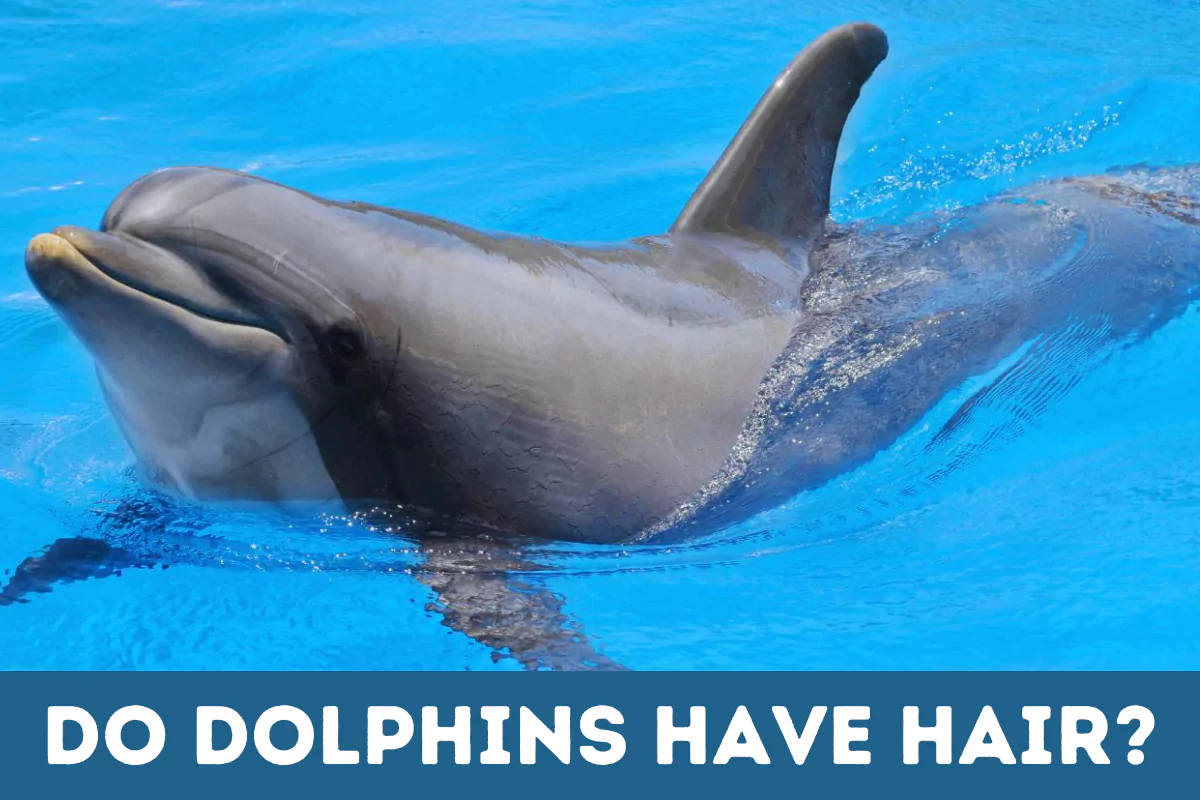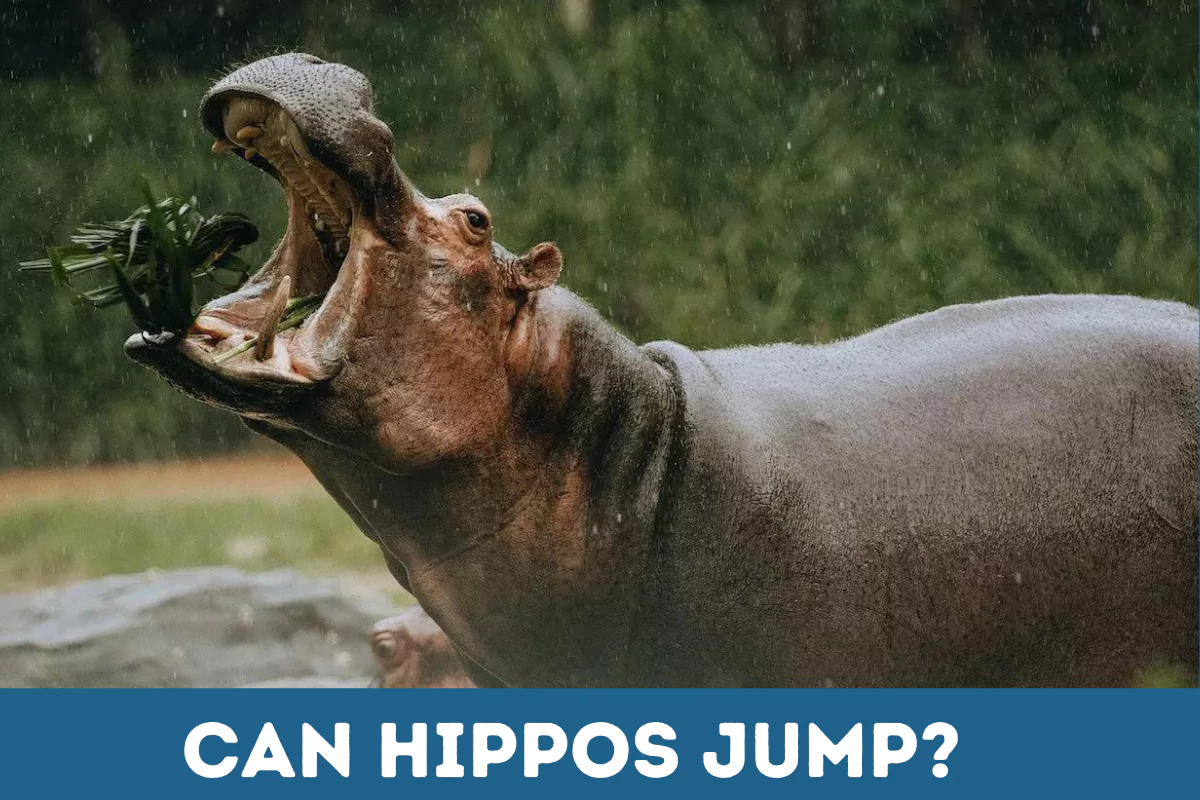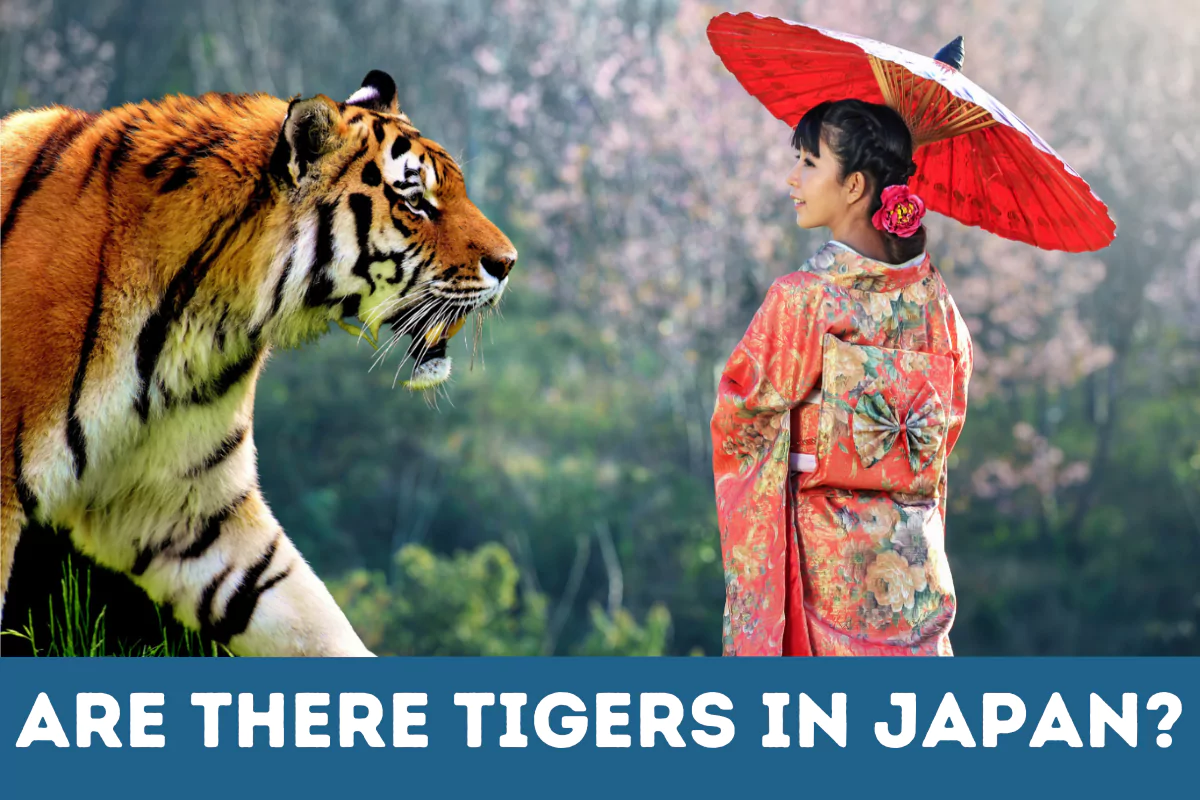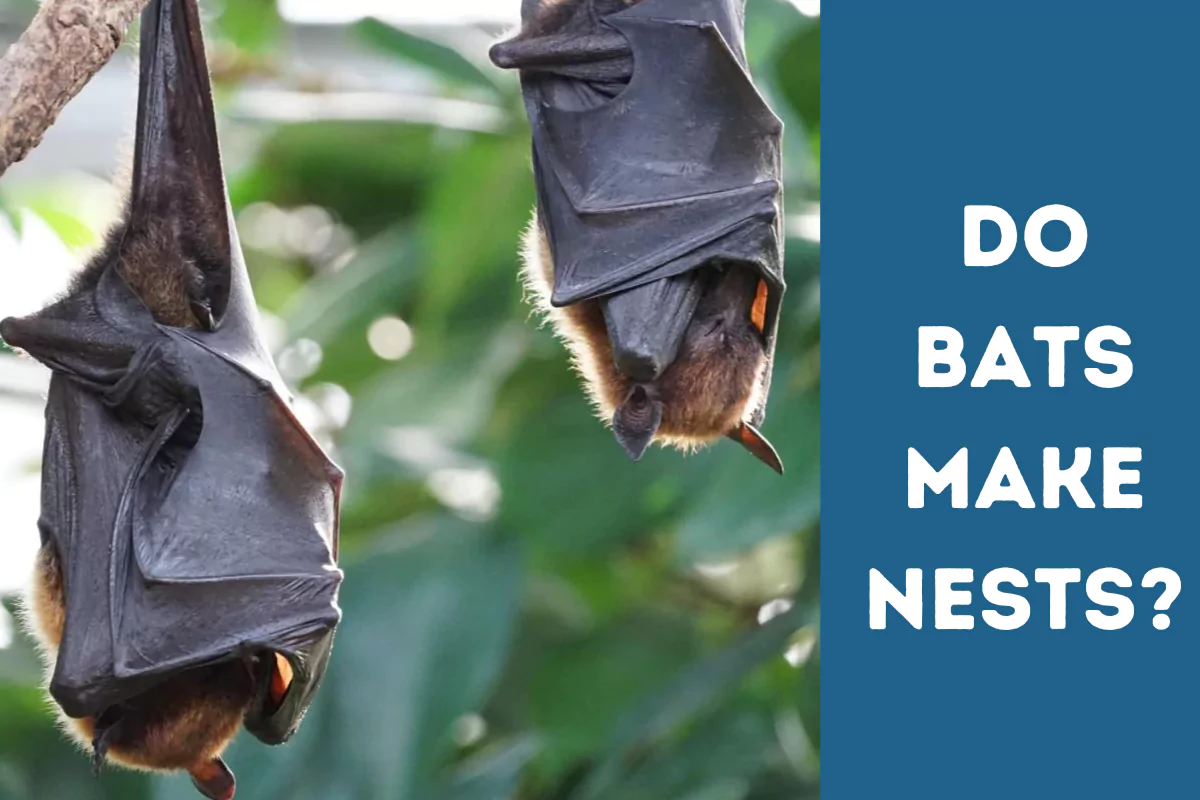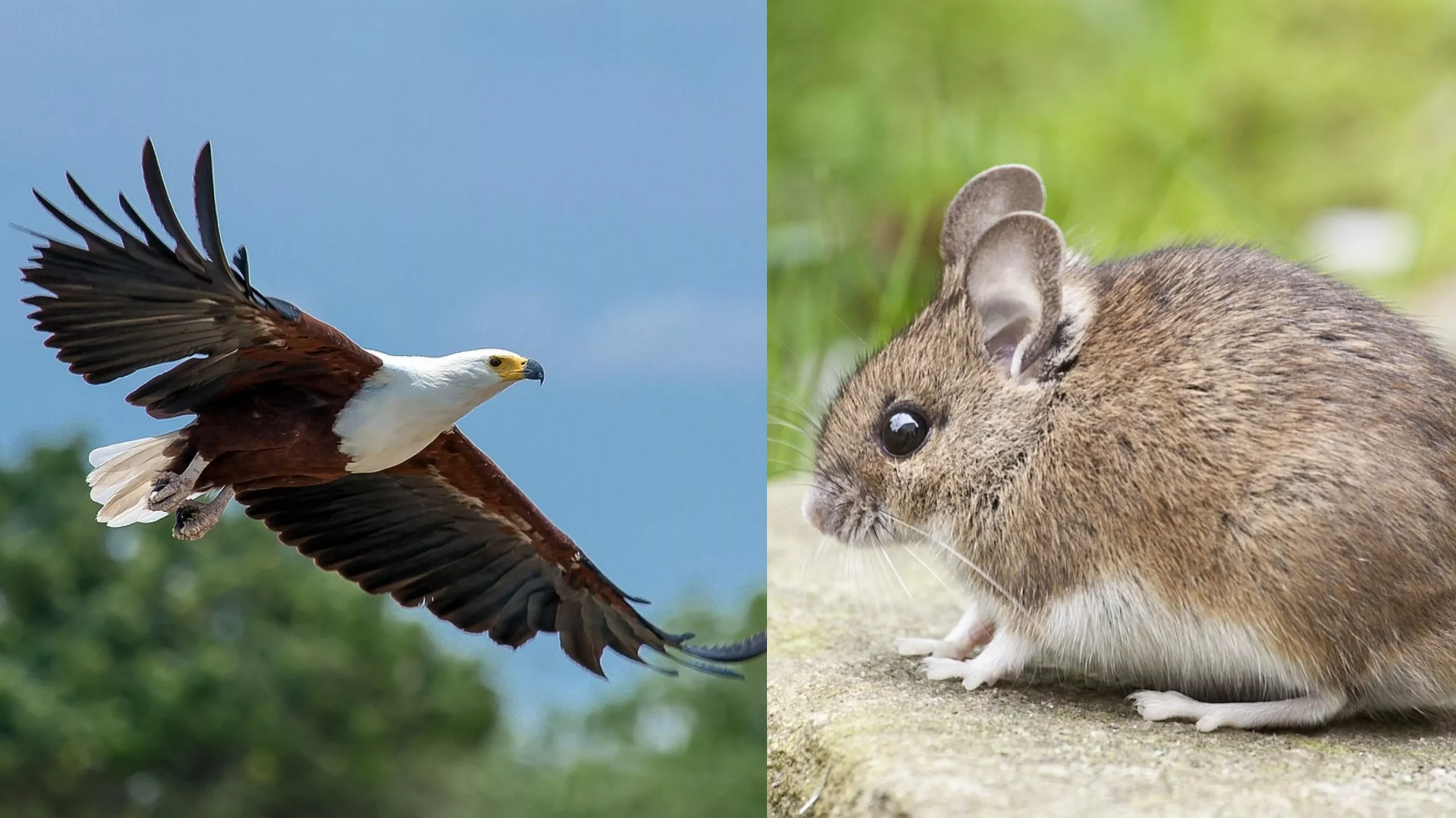Dolphins, with their playful nature and intelligence, are one of the most beloved animals on the planet. Whenever we go to the ocean park, most of us would get the urge to touch their shiny, smooth skin.
We also know that dolphins are mammals, and one of the most common traits of mammals is the presence of hair. So that leaves us with one important question “Do dolphins have hair?”
Do Dolphins Have Hair?
Dolphins are marine mammals, so they do have lanugo hair on their bodies when they are born, but it is limited to the top of their rostrum (the elongated mouth) and sheds soon after birth.
All mammals, including dolphins, have some type of hair. In dolphins, it can be seen only in infants around their jawbone/ snout area, which falls out within two weeks after birth. And they do not grow any other hair later in their lives.
These hairs are more like whiskers and aren’t easily noticeable from a distance. But even after the hair falls out, we can see the hair follicles on the dolphins’ snout area. So, even though they lose the hair quickly after their birth, the hair follicles will remain evidence of something they had in the past.
Note: Not all species of dolphins are born with hair, as they do not need hair to maintain body heat. The dolphins’ blubber (fat) helps keep their vital organs warm.
Why Are Dolphins Born With Hair?
Similar to whiskers, the vibrissae (lanugo) may serve as sensors for calves (baby dolphins) and help them to locate and sense their mother, particularly the nipple area, to be able to nurse. This hair also protects the developing fetus in the womb.
What is the purpose of hair if they don’t help maintain the heart in the body? Well, scientists speculate a couple of things here. They say the dolphins’ ancestors (actually their relatives) were once land-dwelling creatures that walked on land and had body hair to keep themselves warm.

Over millions of years, they have evolved to become marine mammals, but they can’t get rid of their hair follicles. So, some argue that their temporary hair is a sign of their mammalian heritage and is nothing but a remnant from their life on land some 50 million years ago.
Note: The ancestors of Dolphins (Cetaceans) are Ungulates, the same animal group that consists of cows, pigs, giraffes, horses, and all hoofed animals.
Also Read: Do Dolphins Have Belly Buttons?
Another guess for the existence of their hair is that it may have some role in communication between the mother and the infant when they are young. Hair is susceptible to touch, so it can act as a contact point for close bonding when a mother rubs against the lanugo hairs of their babies.
Why Don’t Dolphins Have Hair?
Dolphins don’t need hair to survive. They don’t need hair to preserve body heat, as they have a toasty layer of fat (blubber) under their skin to keep them warm. Also, having no hair makes them easier to swim in the vast oceans.
This is the same reason why Olympic swimmers shave all their body hair. Less hair means less drag, so swimming with no pressure will be easier.
But one species of dolphins, the Amazon River dolphins (boots), are known to keep their hairs into adulthood – as they act as sensory organs and supposedly help them search for prey on the river bed along with echolocation.
The water where the Amazon River dolphins live tends to be very murky compared to ocean water, so eyesight has limited use. With poor vision, navigating through the dark waters of the Amazon can be extremely difficult, hence the hair.

Where Does A Baby Dolphin Have Hair?
A baby dolphin (also known as a calf) has hair on the top of its rostrum (around the snout area). These tiny hairs later fall off and won’t be seen in an adult dolphin. The purpose of this hair is still debatable, but it is believed that it helps with sensory perception during the early stages of birth.
Also Read: Do Dolphins Eat Seals?
Wrap Up:
Dolphins do not need hair to insulate their bodies because the thick blubber under their skin helps them maintain body heat and move effortlessly in the water.
While some dolphins temporarily have lanugo on their bodies, they later shed (after 2-3 weeks of birth) and don’t grow any other hair for the rest of their lives.
Dolphins are adapted to live in water, and their bodies have evolved several features to their aquatic lifestyle. One such adaptation is their lack of hair, which would create drag and slow them down in the water.

